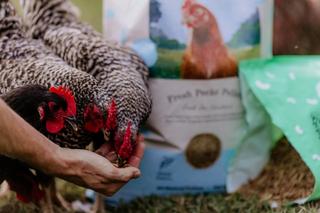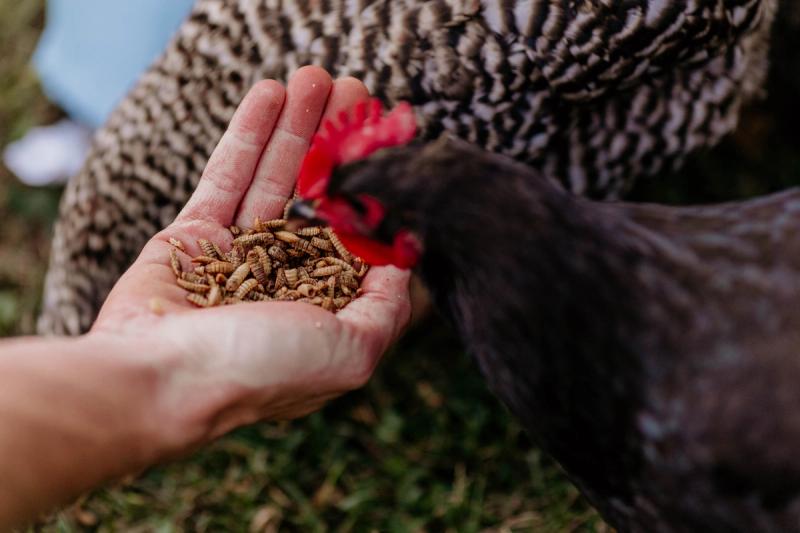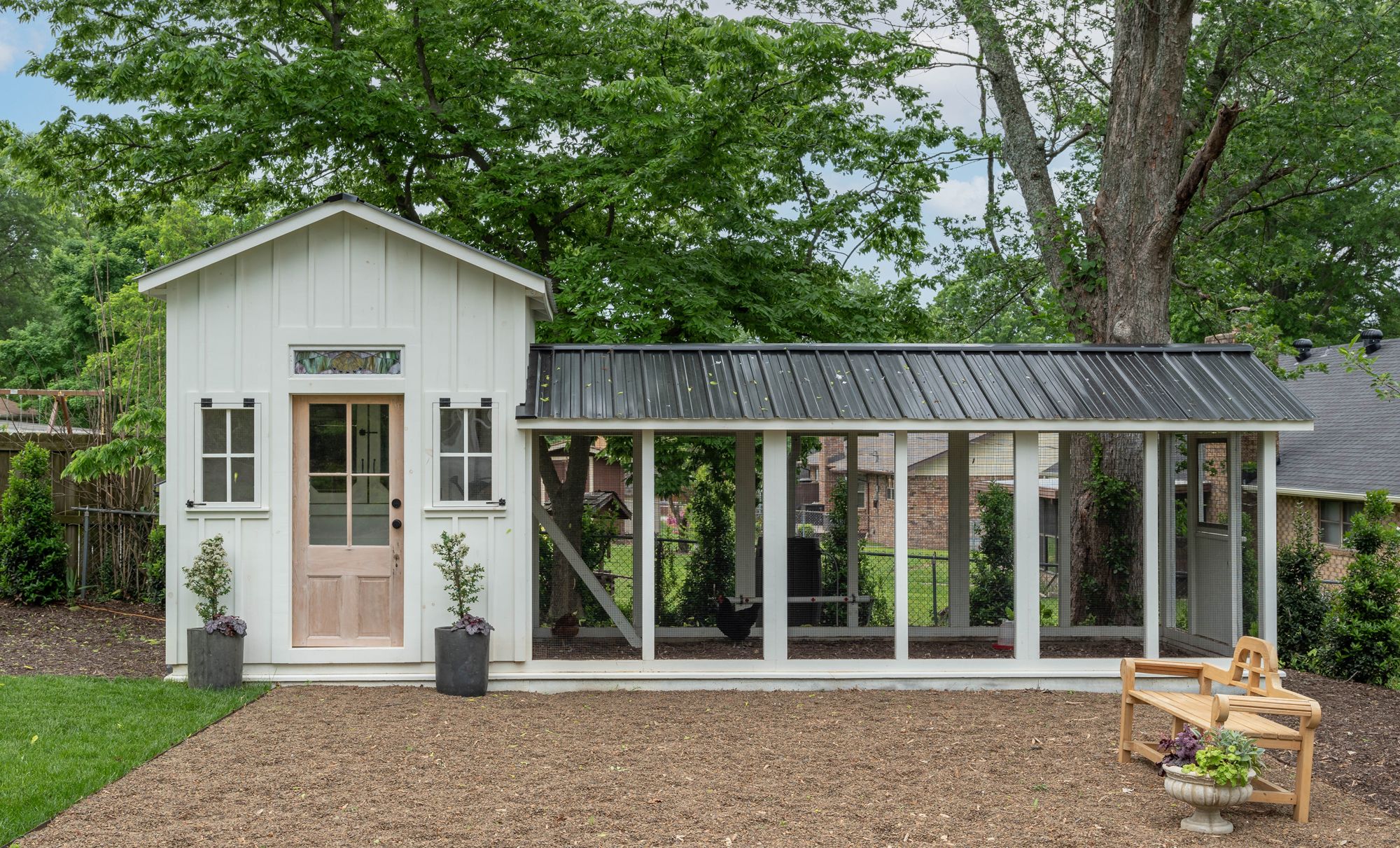Nutritional Advantages of Black Soldier Fly Grubs
Sustainable Practices


Grubbly Farms is recognized for prioritizing sustainability and offering high-quality nutrition for poultry, making waves in innovative agriculture. Farming black soldier fly grubs (BSFL) is central to their operation, a practice that aligns closely with sustainable principles and significantly reduces environmental impact.
Black soldier fly grubs are remarkable creatures, capable of eating twice their body weight each day. Their grubs are raised on food waste that would otherwise end up in landfills. Typically, it takes around 10 pounds of food waste to produce a pound of dried grubs. This practice not only diverts substantial amounts of food waste from landfills but also mitigates the emission of methane — a greenhouse gas 20 times more harmful than carbon dioxide.
Sean Warner, Grubbly Farms’ chief executive officer, told Chicken Whisperer Magazine that by collaborating with grub farms worldwide, Grubbly Farms has successfully diverted over 50 million pounds of pre-consumer food waste from landfills, markedly reducing its environmental footprint.

Nutritional Content of Black Soldier Fly Larvae
The nutritional content of black soldier fly larvae presents a host of benefits. While commonly used, traditional feed sources, like corn and soy, do not reflect the natural diet of mono-gastric animals such as chickens.
Over time, these feeds can lead to health issues. “In contrast, black soldier fly grubs provide a more natural diet rich in essential micronutrients despite having a lower protein percentage than mealworms. This is particularly beneficial when raising chickens as pets, where longevity and health are prioritized over rapid weight gain,” Warner said.
Research and development is crucial in enhancing the nutritional profile and overall quality of black soldier fly grubs. All formulas are meticulously crafted with birds’ health and longevity in mind. The company exclusively partners with insect farms adhering to the EU’s Pet Food Standards.
“Under these standards, only pre-consumer fruit (spoiled inventory), grain and vegetable food waste can be used to feed and grow grubs,” Warner said. “This sourcing is important as the diet of the grubs directly influences their nutrient levels.”
Black soldier fly grubs are often thought of as the piranhas of the insect world.
Nutritional Benefits of Black Soldier Fly Grubs
For backyard chicken keepers who traditionally rely on mealworms, switching to black soldier fly grubs can offer significant nutritional advantages for their flock.
- Calcium Content: Eggshells comprise over 90% calcium, which is also crucial for bone growth and development and helps activate enzymes in the gut. Black soldier fly grubs contain about 1.5% calcium by weight, significantly higher than mealworms’ 0.03%.
- Calcium to Phosphorus Ratio: Black soldier fly grubs boast an ideal 2:1 calcium to phosphorus ratio, compared to mealworms’ 0.33:1. Adequate phosphorus is essential for chickens to fully utilize calcium and aids in the digestion of fats and proteins. A deficiency in phosphorus can lead to soft eggshells.
- Lysine: An essential amino acid, lysine plays a crucial role in protein synthesis. Black soldier fly grubs have an average lysine content of around 6.8%, compared to mealworms’ 3.95%.
- Methionine: This limiting amino acid is vital for digestive tract development, muscle growth, feather health and egg production. Black soldier fly grubs contain approximately 2.1% methionine, exceeding mealworms’ 0.8%.
BSFL Can Act as a Molting Supplement
Molting is an essential natural cycle in which chickens regularly shed old, damaged or dirty feathers to make way for fresh plumage. This process is vital as it allows chickens to replace worn-out feathers, which is crucial for staying warm in chilly conditions.
Molting typically begins around 18 months and occurs annually afterward (younger birds will experience a molt in the first month to replace their down with feathers). This process typically occurs in the fall.
Protein-rich treats should be provided during the molting season, but they should only make up about 10% of their diet. Some examples of high-protein treats in addition to grubs include sunflower seeds or other nuts (raw and unsalted), peas, soybeans, meat (cooked), cod liver oil or bone meal.

Chicken Whisperer is part of the Catalyst Communications Network publication family.











